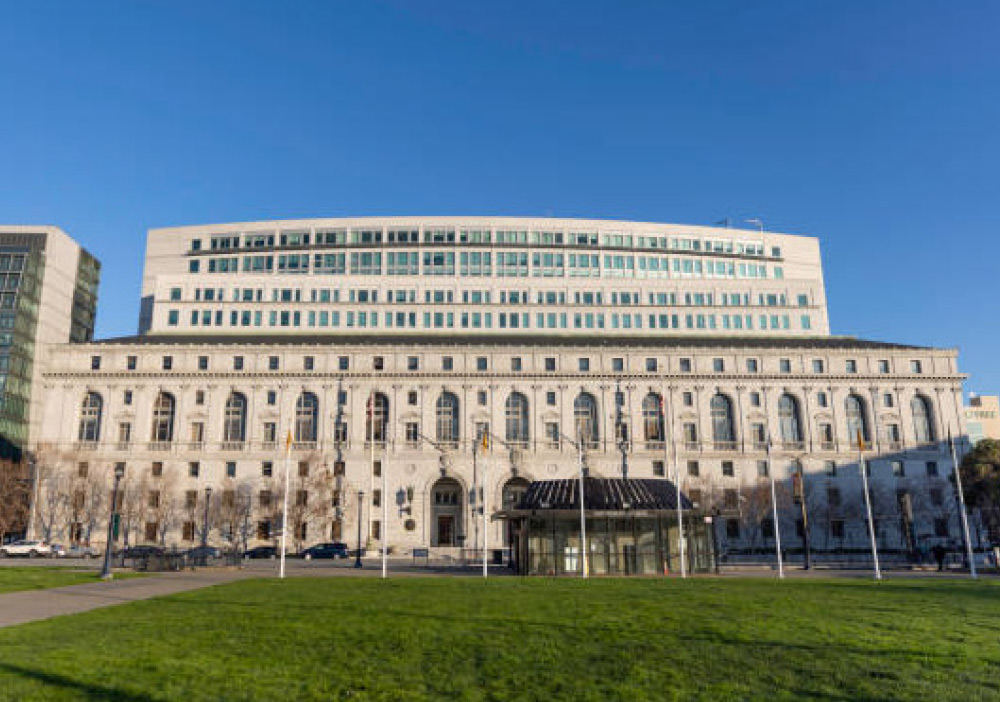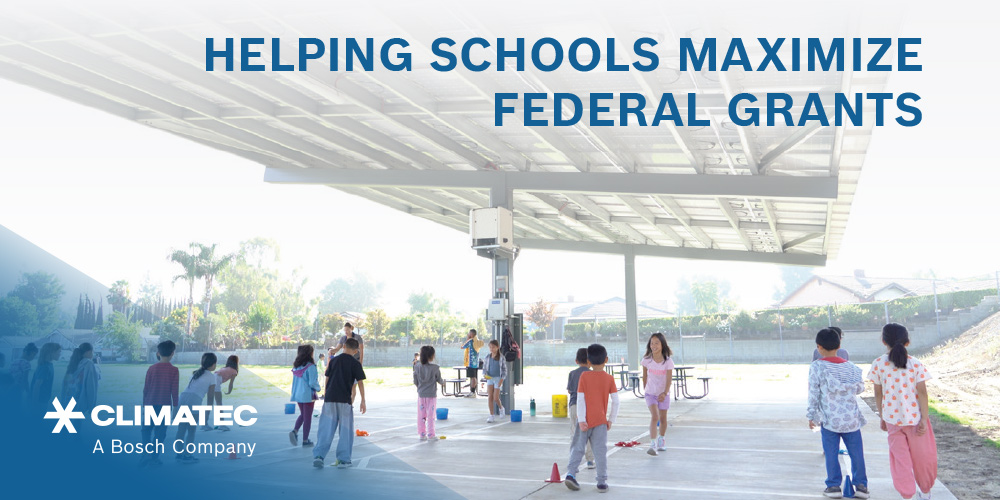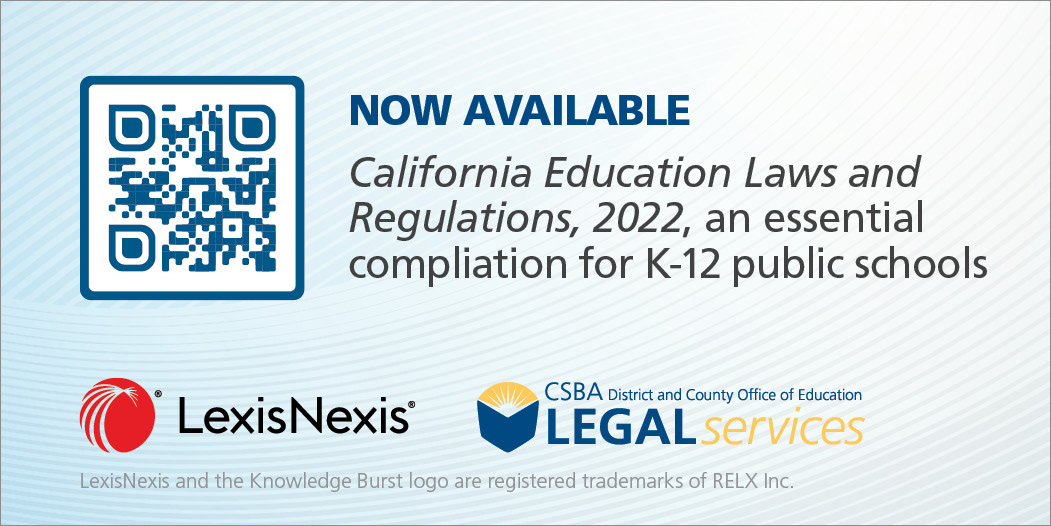In an interesting turn of events, because both Gov. Gavin Newsom and Lt. Gov. Eleni Kounalakis were out of the state at the time AB 247 was passed, acting-Gubernatorial duties fell to Senate President Pro Tem Mike McGuire (D–Healdsburg) who is third in the line of succession. As a result, it was Sen. McGuire who signed AB 247, which effectively places the bond on the ballot.
Resources



The 2024 Annual Education Conference and Trade Show (AEC) is fast approaching and CSBA is thrilled to invite student board members to submit a proposal and lead a presentation for AEC participants. AEC will take place from Dec. 5-7 in Anaheim and offers a unique platform for student trustees to share insights, experiences and innovative ideas that can shape the future of education.
Student board member perspectives are invaluable. Their firsthand experience with the current educational landscape provides them with a unique vantage point that can contribute to meaningful discussions and solutions. Whether their interests lie in educational equity, digital innovation, student well-being or governance practices, student trustee contributions can influence educational policies and practices across California. All trustees should encourage their student board member to voice their ideas and engage with fellow students, educators and trustees in a collaborative and impactful environment at AEC.

Troy Flint | tflint@csba.org
Editorial Director:
Kimberly Sellery | ksellery@csba.org
Marketing Director:
Monica Griffis | mgriffis@csba.org
Staff Writers and Contributors:
Alisha Kirby | akirby@csba.org
Heather Kemp | hkemp@csba.org
Tracy Rogers-Tryba | trogers-tryba@csba.org
Chris Reefe | creefe@csba.org
Neena Guraya | nguraya@csba.org
Angela Asch | aasch@csba.org
Ethan Retan | eretan@csba.org
Hunter Wolff | hwolff@csba.org
Director of Graphic Design & Branding:
Kerry Macklin | kmacklin@csba.org
Senior Graphic Designer:
Amanda Moen | amoen@csba.org
President:
Albert Gonzalez | Santa Clara USD
President-elect:
Bettye Lusk | Monterey Peninsula USD
Vice President:
Debra Schade | Solana Beach SD
Immediate Past President:
Susan Markarian | Pacific Union ESD
CEO & Executive Director:
Vernon M. Billy
News and feature items submitted for publication are edited for style and space as necessary.

President’s Message: Albert Gonzalez
As San Pasqual Valley Unified School District Superintendent Katrina Johnson León wrote in a column for the spring 2024 issue of our California Schools magazine, “The reality of rural districts is that we must make sure we are serving all populations while adjusting for service scarcity due to geographic isolation and policies, rules or regulations.”
Senior Director of CSBA’s Research and Education Policy Development Department Mary Gardner Briggs noted, “Our members have been outspoken about their desire to address the safety of our public schools, and they want to be mindful of how to do so in their governance roles. The field has learned a lot in the past decade, so they’re also mindful of wanting to have data and resources that meet today’s circumstances.”
Based on more than 100 surveys and 11 interviews with LEAs and community-based providers, the Partnership for Children & Youth found that ELO-P has significantly expanded program access for underserved students in both the summer and school year and is driving new investments in quality and staff.

The governance team’s responsibilities span five critical areas: setting direction, establishing structure, creating a supportive environment, ensuring accountability and demonstrating community leadership. These areas collectively shape the policies and practices that support student socioemotional health.

The Legislature and Governor asked the Supreme Court to block the TPA from the ballot because the TPA’s proposed constitutional changes were too significant to be enacted through the initiative process. CSBA’s Education Legal Alliance (ELA) filed an amicus brief in support. In a significant victory, the Court agreed, finding that the TPA’s sweeping changes could not be enacted by ballot initiative, which requires only a majority vote of the electorate. Instead, the TPA’s changes could only be enacted through the more demanding procedures required for a constitutional revision — such as a constitutional convention followed by voter ratification. As a result, the Court ordered the TPA excluded from the ballot.
As learning at K-12 campuses across the state has been disrupted by a pandemic and natural disasters like wildfires and flooding in the first half of the decade, the decision to mandate local educational agencies to include instructional continuity plans with their comprehensive school safety plans was solidified as part of the education omnibus budget trailer bill (Senate Bill 153) approved by Gov. Gavin Newsom in late June.
With these revised regulations, Title IX has been broadened to bolster existing protections against sex discrimination and sex-based harassment, clarify that prohibited discrimination and harassment extends to sex- and gender-related bases, ensure fairness in processing complaints, and require that Title IX grievance procedures are followed when investigating and resolving Title IX sex discrimination complaints, including sex-based harassment, based on conduct that occurred on or after Aug. 1, 2024. In anticipation of the Aug. 1, 2024, operative date, CSBA released a special update packet of sample policies. The following is a high-level look at the revised regulations and CSBA’s updates.

The act authorizes counties to create, in cooperation with the U.S. Forest Service (USFS), collaborative resource advisory committees. This act was enormously successful in restoring county and school revenues to their 1980s and early-‘90s levels, resulting in the restoration of public services and school programs. The original SRS authorization expired in September 2006.


Jackson Elementary hosts the mobility program in the district, with seven students in wheelchairs. While attempts to make the school as inclusive as possible for these students were in place, one glaring exception stood out to Principal Michelle Williamson.
“School districts serving high percentages of English learners (ELs), Black and Latino students, and low-income students promptly responded to the funding opportunity that emerged in 2021 as the Emergency Connectivity Fund. They were able to secure higher levels of per-student funding than their counterparts, and they focused on services and equipment dedicated to expanding internet access more than purchasing devices,” the brief states. “Now that ECF is winding down, it is time to look ahead. How will districts fill the gaps left by ECF, and how can California make headway in improving digital literacy for high-needs communities?”
COUNTY
The Sonoma County Office of Education, which acted as a lead agency in pursuit of a consortium grant, played a major role in encouraging and assisting school districts throughout the application process.
According to Louis Ganzler, assistant superintendent of School Culture and Partnerships, and Sharon Ferrer, director of College and Career, the COE did this in a number of ways, including hosting informational meetings on the program and its grant types (planning, implementation and consortium); helping with data compilation for sites; creating budget spreadsheets for schools in the consortium and helping school and district leaders with other budget-related questions and concerns; and offering in-person and virtual sessions to assist interested parties in drafting their grant proposals.
Attention: For more information about events, visit www.csba.org/TrainingAndEvents.









